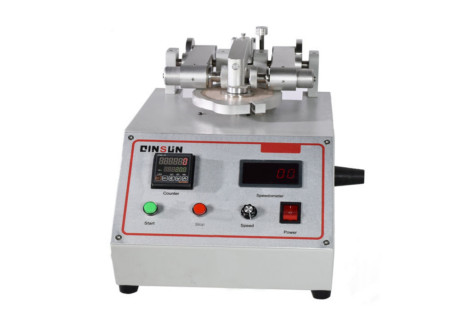- Qinsun Instruments Co., Ltd.
- Tell:+86-21-6780 0179
- Phone:+86-17740808215
- Address:No. 2578 Minhang District Gu Dai Road, Shanghai
- Contact:Mr. Li
- QQ:846490659
How to solve the temperature drift of electronic scales

First, let me briefly introduce what the temperature drift phenomenon of electronic scales is: The temperature drift phenomenon of electronic scales refers to the phenomenon that the reading of electronic scales will vary with temperature, resulting in inconsistent readings during initial loading and after a period of time. The probability of such a situation occurring in electronic balances, especially strain gauges, is particularly high. Overall, the higher the accuracy of electronic balances, the more likely it is for temperature drift to occur.
So, what situation leads to the occurrence of temperature drift phenomenon? Firstly, there are changes in the temperature and humidity of the environment in which the electronic balance is used. Secondly, the length of preheating time during startup can also have an impact. Thirdly, there is the sensitivity of the internal sensors and electrical components of the balance to temperature and humidity (i.e. temperature drift coefficient). Of course, there are other reasons for the temperature drift phenomenon in electronic scales, but these three are the main reasons.
Users can try using the Cedolis electronic balance during the experiment. Once you have experimentally confirmed the effects of preheating time and temperature difference on the readings of electronic scales, you can solve the problem with targeted solutions. If the temperature drift occurs due to preheating time, the accurate reading can be obtained by subtracting the value after unloading from the value before unloading. If it is caused by temperature difference, just wait for a period of time to make the temperature inside the balance machine consistent with the indoor temperature. This can easily solve the temperature drift phenomenon that occurs during the use of electronic scales.





